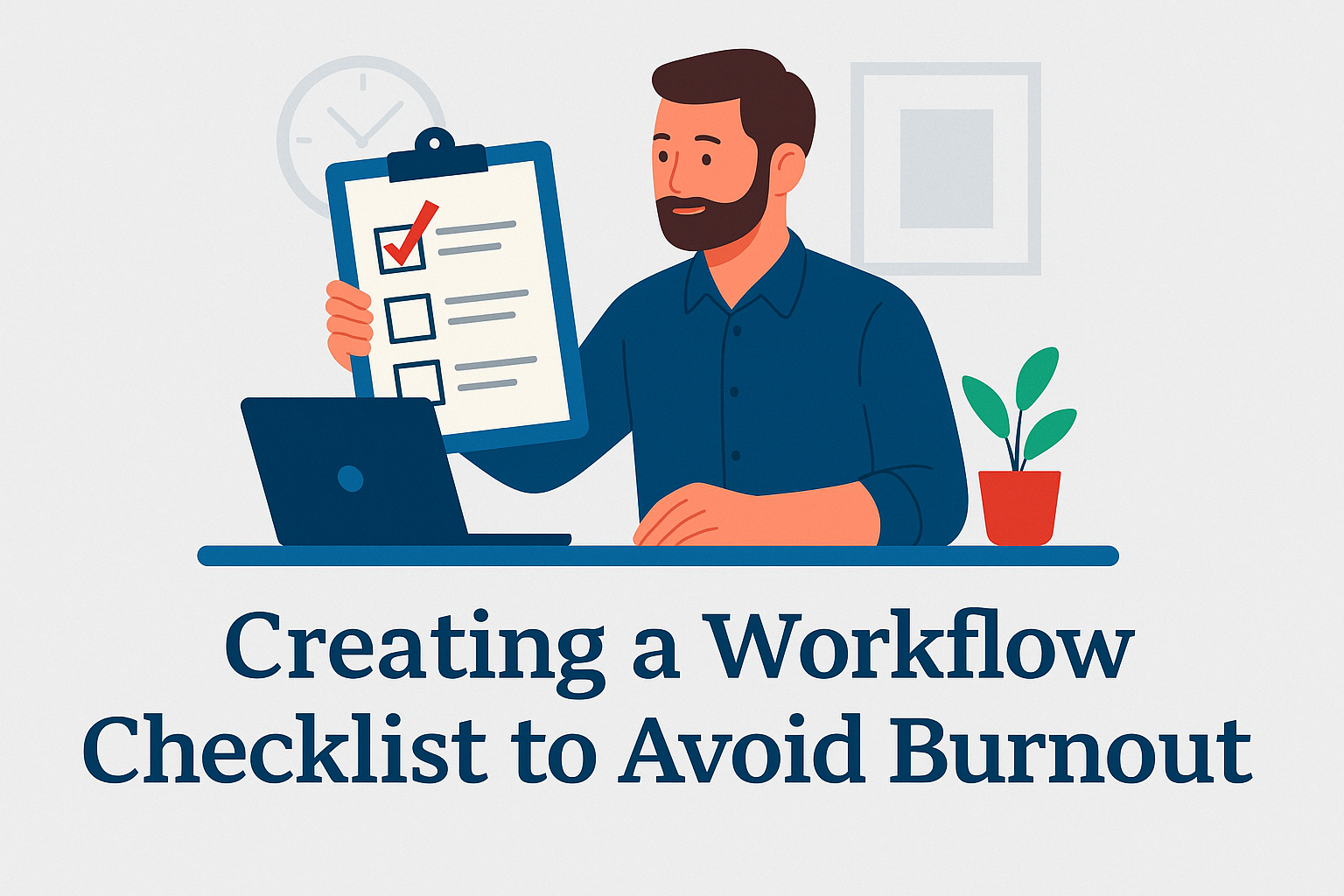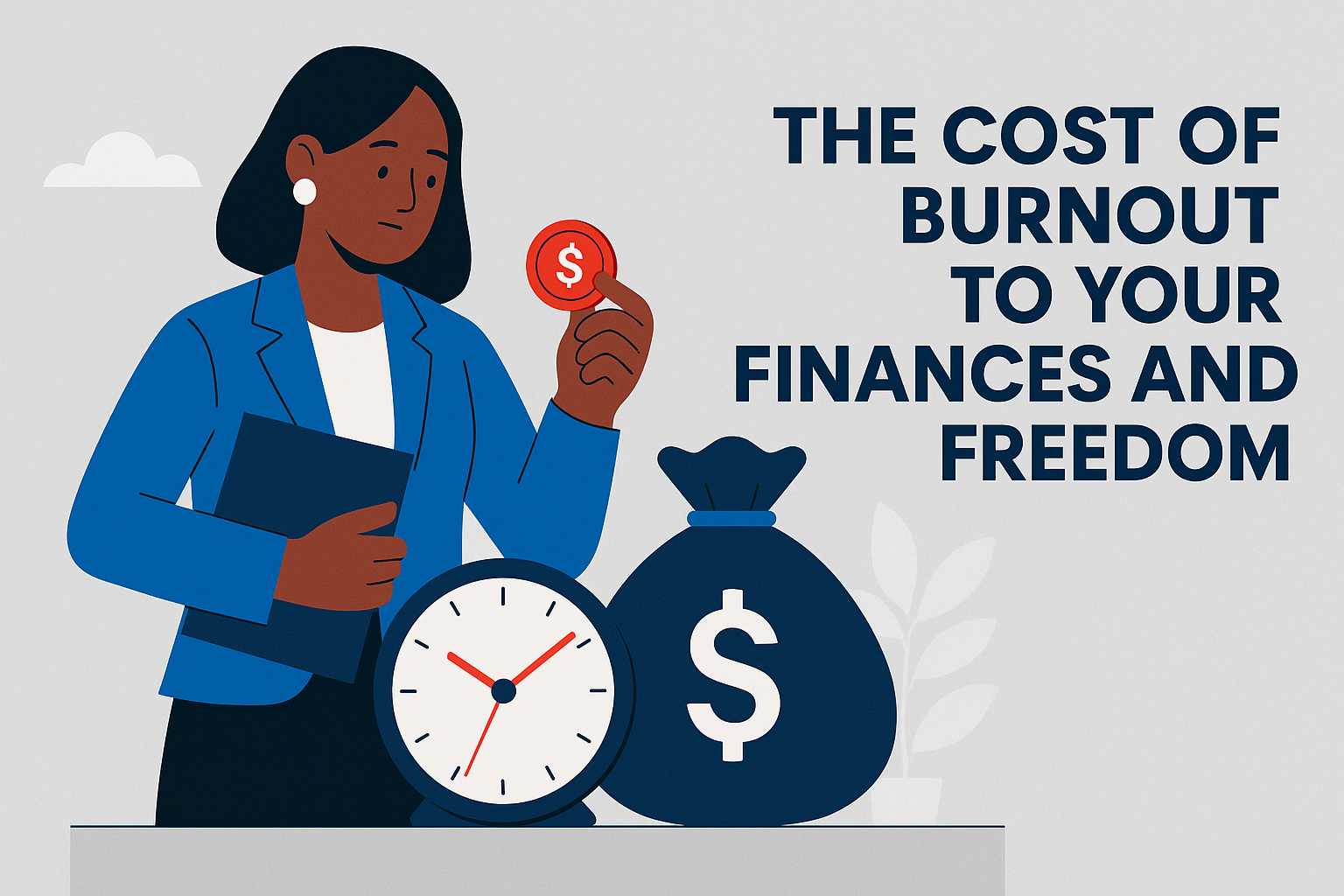CEO Mindset Monday
Why Mindset Is a System (Not Just a Buzzword)
I’ve always been a list person. I love the feeling of checking things off—mini-wins that make me feel like I’m making progress. But I’ll admit: sometimes my lists start running the show. I end up with lists inside of lists, priorities buried under errands and half-baked ideas, and tasks that no longer matter still sitting there… waiting for closure.
That’s when I know I’ve slipped into doing for the sake of doing. Not thinking like a CEO—but thinking like a project manager with no endgame.
When I started shifting into business ownership, I realized something I hadn’t before: mindset isn’t a soft skill. It’s infrastructure. The way I think is what determines the systems I build. If my brain is cluttered, my business will be too. That was the wake-up call that pushed me to start designing systems that start with mental clarity, not end with it.
How Employee Thinking Holds You Back (Even When You’re Working Hard)
We’re taught that hard work is the key to everything. And for a while, it is. Showing up, staying late, double-checking your work—that’s what gets you promotions, praise, and paychecks in most jobs.
But here’s the problem: the kind of hard work that keeps you safe in a job doesn’t always translate to building something that frees you from it.
Employee thinking sounds like this:
“Let me get through this task list first, then I’ll think big picture.”
“If I just stay consistent, the results will come eventually.”
“I’ll work my way up to earning time freedom.”

It’s subtle, but it’s rooted in maintaining—not building.
I know because I stayed in that headspace for a long time. When I launched Backbone America the first time, I was still thinking like someone trying to please a supervisor. I was focused on output—content, deliverables, emails—not outcomes. And it wore me out.
I wasn’t designing a system. I was filling time. Like I needed to prove I deserved a break before I could take one.
Thinking like a CEO means flipping that equation. It’s about asking different questions entirely:
“What’s actually moving this business forward?”
“What could I eliminate, automate, or delegate today?”
“Where am I acting like a good employee instead of a visionary?”
That shift is uncomfortable at first. You’re not just changing your goals—you’re challenging your identity. But it’s necessary. Because the truth is, no one’s coming to give you a raise or a day off in your own business. You have to build that freedom in from the start.
What Thinking Like a CEO Actually Looks Like Day to Day

CEO thinking isn’t a title you earn—it’s a way of operating that shows up in your choices, even when no one’s watching.
It’s not about dressing the part or hiring a team (yet). It’s about learning to lead yourself first.
For me, the shift started when I stopped asking, “How do I get this done?” and started asking, “Does this even need to get done by me—or at all?”
Here’s what that looks like in practice:
Instead of obsessing over perfect design, I define the minimum viable version and get it out the door.
Instead of clinging to tasks I’m good at, I pause to ask, “Is this the best use of my time—or just the most familiar?”
Instead of letting my day be ruled by urgency, I carve out space to make strategic decisions, even if that means leaving some notifications unread.
CEO thinking is often quiet. It doesn’t always feel productive. Sometimes it’s stepping back to look at patterns instead of sprinting through another to-do list.
I’ll admit—it felt strange at first. I was used to measuring my value by how much I got done. But I started realizing that real leverage doesn’t come from doing more. It comes from designing better.
That means treating your time like the limited resource it is. Planning for scale, even when you’re small. Protecting your decision-making energy like it’s your most valuable asset—because it is.
Thinking like a CEO doesn’t start after your business takes off. It starts now. In the quiet moments, when you decide to lead your time, instead of letting it lead you.
CEO Thinking as the First System in Work Less, Build Smart
Most people think the first system they need is a tool—something like a CRM, an email platform, or a project tracker.
But in truth? The first system you need is a mental one. A way of thinking that makes everything else make sense.

That’s what thinking like a CEO really is: a mental operating system that helps you make cleaner, faster decisions. And those decisions are what shape your business.
Without CEO thinking, it’s easy to fall into what I call manual mindset mode—where you build systems that are just slightly more efficient versions of working yourself to death.
I did this the first time I launched. I created processes and spreadsheets and routines… but they all still depended on me showing up constantly. They weren’t scalable. They weren’t smart. They just looked organized on the outside.
Once I started approaching business from the Work Less, Build Smart lens, I realized that strategy starts in the mind. I had to stop reacting like an overwhelmed solo operator and start thinking like a systems designer.
That meant:
Building with the exit in mind, not just the launch.
Designing offers that didn’t require daily performance or live delivery.
Choosing tools that could scale with me, not ones I’d outgrow in 6 months.
And none of that would have been possible without rewiring how I thought.
Your calendar reflects your mindset. So does your inbox. So does your business model.
That’s why mindset isn’t optional—it’s the groundwork. The blueprint that tells every other system what to do.
How to Start Thinking Like a CEO Right Now
You don’t have to wait until you’ve launched your business or hired a team to start thinking like a CEO. In fact, waiting is one of the habits you’ll need to unlearn.
The shift starts in small, intentional ways—choices that pull you out of busywork and into clarity.
Here are a few ways to start:
Audit your to-do list for tasks you shouldn’t be doing.
You might be clinging to admin work, design tweaks, or email responses simply because they feel familiar. Ask yourself: “Would a CEO of a company I admire spend time on this?” If not, let it go—or automate it.Stop treating time as your main currency.
When you’re used to trading hours for dollars, it’s easy to believe you have to earn rest. But CEO thinking treats decision-making energy and focus as the real currency. Every yes is a withdrawal. Spend wisely.Make one high-level decision this week.
That could be as simple as outlining your first hire (even if it’s months away), sketching your ideal customer journey, or mapping out how your business would run with minimal daily input.Use tools that support CEO thinking.
The CEO Mindset Mini-Guide is a great place to start. It’s not just a worksheet—it’s a prompt to start building your mental framework with intention.
You won’t flip the switch overnight. But every time you pause to zoom out, delegate mentally, or question a task’s value—you’re practicing the habit of leading, not just doing.
And when that becomes your default, everything else you build will work better. Because it’s anchored in clarity, not chaos.
Closing Reflection: The System That Builds Every Other System
Most of us start with the obvious steps: pick a name, build a site, set up an offer. It makes sense. Those are the parts you can see—the ones that make a business feel real.
That’s where I started, too. But looking back, I can see that what made the biggest difference wasn’t any of those things.
It was how I approached the work.
Not just what I built, but how I thought while building it.
Thinking like a CEO became the system underneath everything else.
It’s what helped me move from reaction mode to strategy mode. From filling my calendar to protecting my focus. From doing what felt urgent to designing what would last.
And that shift? It wasn’t flashy. It didn’t come with a finish line. But it changed the way I worked—and the way I lived.

If your business still feels like a to-do list that never ends, you’re not failing. You just might be starting from the middle.
And sometimes, the smartest move you can make is to pause… and begin again, from the top—with how you think.
👉 The CEO Mindset Mini-Guide is a good place to start. Not to add more to your plate, but to help you clear it—and focus on what actually matters.






